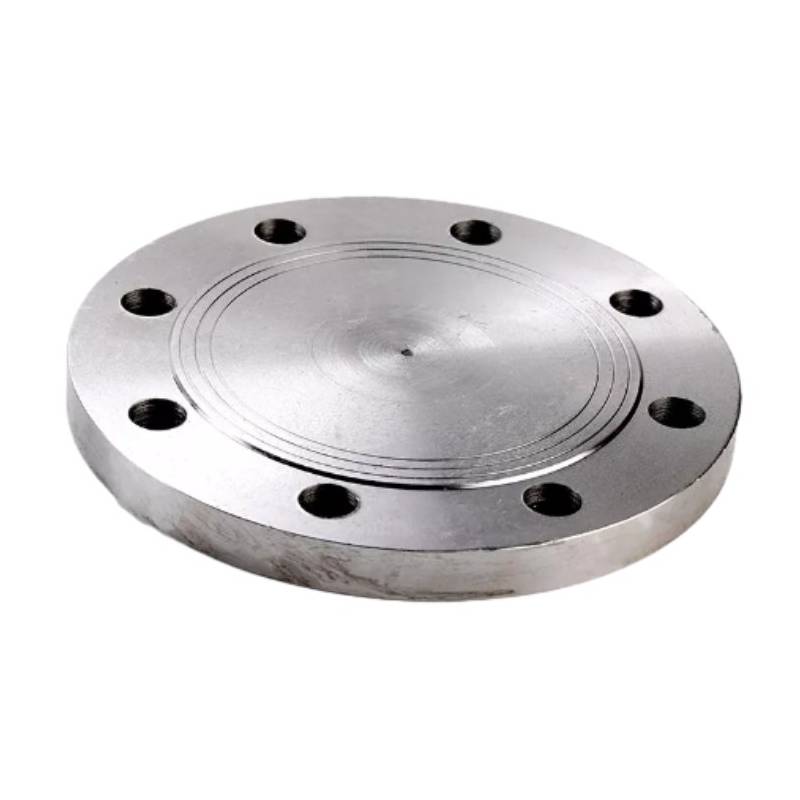-
Cangzhou Yulong Steel Co., Ltd.
-
Phone:
+86 13303177267 -
Email:
admin@ylsteelfittings.com
- English
- Arabic
- Italian
- Spanish
- Portuguese
- German
- kazakh
- Persian
- Greek
- French
- Russian
- Polish
- Thai
- Indonesian
- Vietnamese
- Zulu
- Korean
- Uzbek
- Hindi
- Serbian
- Malay
- Ukrainian
- Gujarati
- Haitian Creole
- hausa
- hawaiian
- Hebrew
- Miao
- Hungarian
- Icelandic
- igbo
- irish
- Japanese
- Javanese
- Kannada
- Khmer
- Rwandese
- Afrikaans
- Albanian
- Amharic
- Armenian
- Azerbaijani
- Basque
- Belarusian
- Bengali
- Bosnian
- Bulgarian
- Catalan
- Cebuano
- China
- China (Taiwan)
- Corsican
- Croatian
- Czech
- Danish
- Esperanto
- Estonian
- Finnish
- Frisian
- Galician
- Georgian
- Kurdish
- Kyrgyz
- Lao
- Latin
- Latvian
- Lithuanian
- Luxembourgish
- Macedonian
- Malgashi
- Malayalam
- Maltese
- Maori
- Marathi
- Mongolian
- Myanmar
- Nepali
- Norwegian
- Norwegian
- Occitan
- Pashto
- Dutch
- Punjabi
- Romanian
- Samoan
- Scottish Gaelic
- Sesotho
- Shona
- Sindhi
- Sinhala
- Slovak
- Slovenian
- Somali
- Sundanese
- Swahili
- Swedish
- Tagalog
- Tajik
- Tamil
- Tatar
- Telugu
- Turkish
- Turkmen
- Urdu
- Uighur
- Welsh
- Bantu
- Yiddish
- Yoruba

Jul . 27, 2024 10:23 Back to list
Exploring the Essentials of Plumbing Threaded Fittings for Reliable Water System Installations
Understanding Plumbing Threaded Fittings A Comprehensive Guide
Plumbing threaded fittings are essential components in plumbing systems, facilitating the connection between various pipes and fixtures. These fittings have a specially designed spiral thread that allows them to screw together, ensuring a secure and leak-proof seal. Understanding the different types and applications of threaded fittings is crucial for both professionals and DIY enthusiasts involved in plumbing projects.
Types of Threaded Fittings
There are several types of threaded fittings commonly used in plumbing, each serving specific purposes. The primary categories include
1. Elbows These fittings change the direction of the pipe, typically at a 90-degree or 45-degree angle. They are vital in navigating around obstacles or in tight spaces.
2. Tees Shaped like the letter T, these fittings allow for the branching of pipe runs, enabling the connection of additional pipes at a 90-degree angle.
3. Couplings Used to connect two pieces of pipe, couplings come in both straight and reducing types. Straight couplings are used for pipes of the same diameter, while reducing couplings connect pipes of different sizes.
4. Starters Also known as adapters, these fittings let you transition from one type of pipe to another (for example, from threaded to unthreaded). They are essential when incorporating new materials into existing plumbing systems.
5. Caps and Plugs These fittings are used to close off the ends of pipes. Caps are used on female threads, while plugs are for male threads.
Materials Used in Threaded Fittings
The material of threaded fittings is crucial, as it impacts durability, corrosion resistance, and suitability for various applications. Common materials include
plumbing threaded fittings

- Brass Known for its strength and corrosion resistance, brass is often used for fittings in potable water systems. - Stainless Steel This material offers excellent corrosion resistance and is favored in environments with high moisture or chemicals.
- PVC and CPVC These plastic materials are lightweight and resistant to corrosion, making them ideal for residential plumbing systems, especially in non-pressurized applications.
- Galvanized Steel Though less common now, galvanized steel was prevalent in older plumbing systems due to its durability. However, it can corrode over time, leading to water quality issues.
Installation Tips
When installing threaded fittings, several best practices should be followed to ensure a successful connection
- Thread Sealants Use appropriate thread sealants or PTFE tape (commonly known as Teflon tape) to enhance sealing and prevent leaks. It's essential to avoid over-wrapping, as this can impede the threads from engaging fully.
- Torque Specifications When tightening fittings, apply the correct amount of torque. Over-tightening can damage the threads or crack the fittings, while under-tightening can lead to leaks.
- Clean Threads Before connection, make sure the threads are clean and free from debris. This ensures a better seal and reduces the chances of leaks.
- Inspection Regularly inspect threaded fittings and connections for signs of wear or corrosion, especially in older systems. Addressing small issues promptly can prevent costly repairs in the future.
Conclusion
In summary, plumbing threaded fittings play a vital role in the integrity and functionality of plumbing systems. Understanding their types, materials, and installation techniques can help ensure that your plumbing projects are successful and long-lasting. Whether you're a seasoned professional or an enthusiastic DIYer, knowledge of threaded fittings is indispensable. By adhering to best practices and staying informed about the latest materials and techniques, you can achieve efficient plumbing solutions that stand the test of time.
Latest news
-
ANSI 150P SS304 SO FLANGE
NewsFeb.14,2025
-
ASTM A333GR6 STEEL PIPE
NewsJan.20,2025
-
ANSI B16.5 WELDING NECK FLANGE
NewsJan.15,2026
-
ANSI B16.5 SLIP-ON FLANGE
NewsApr.19,2024
-
SABS 1123 FLANGE
NewsJan.15,2025
-
DIN86044 PLATE FLANGE
NewsApr.19,2024
-
DIN2527 BLIND FLANGE
NewsApr.12,2024
-
JIS B2311 Butt-Welding Fittings LR/SR 45°/90° /180°Seamless/Weld
NewsApr.23,2024











